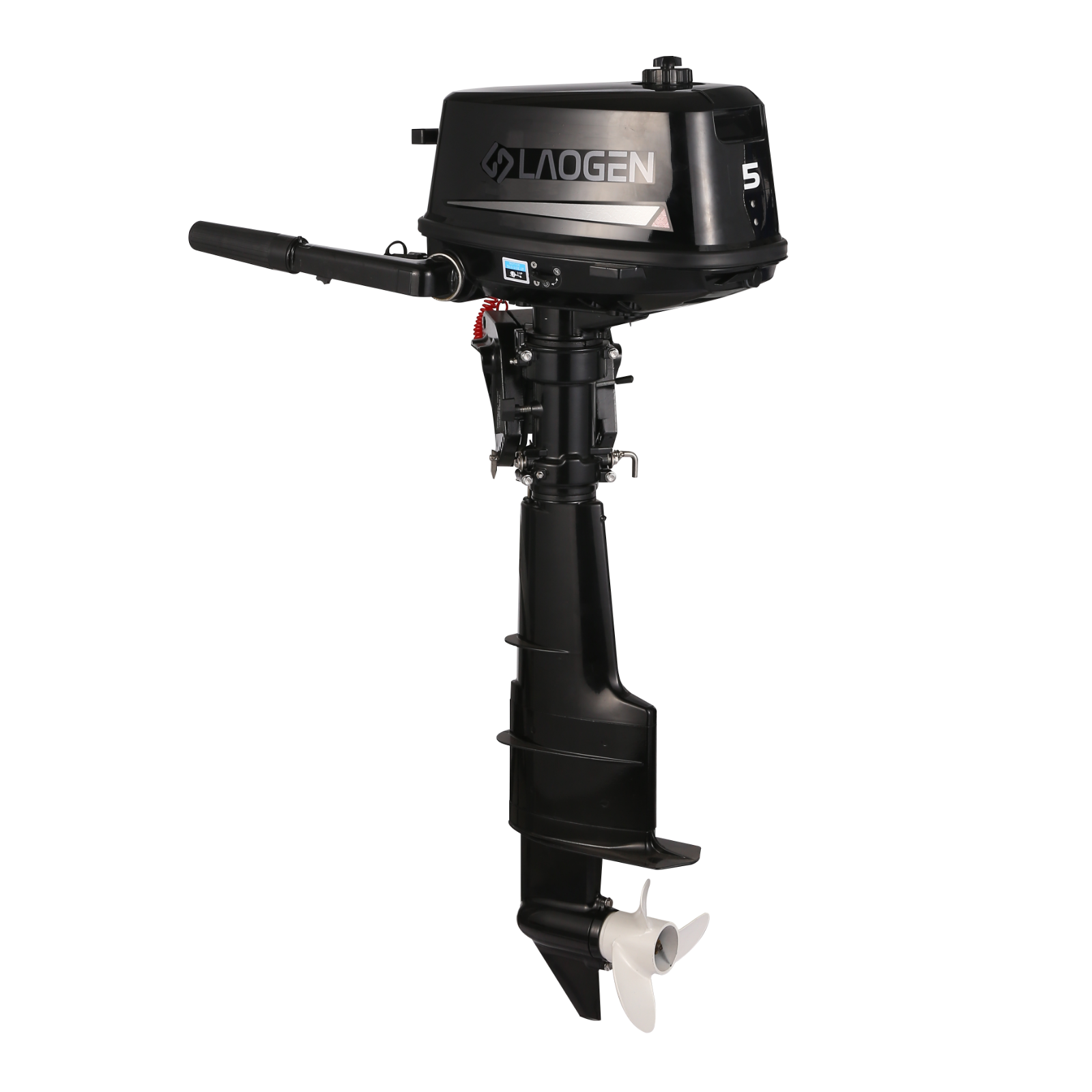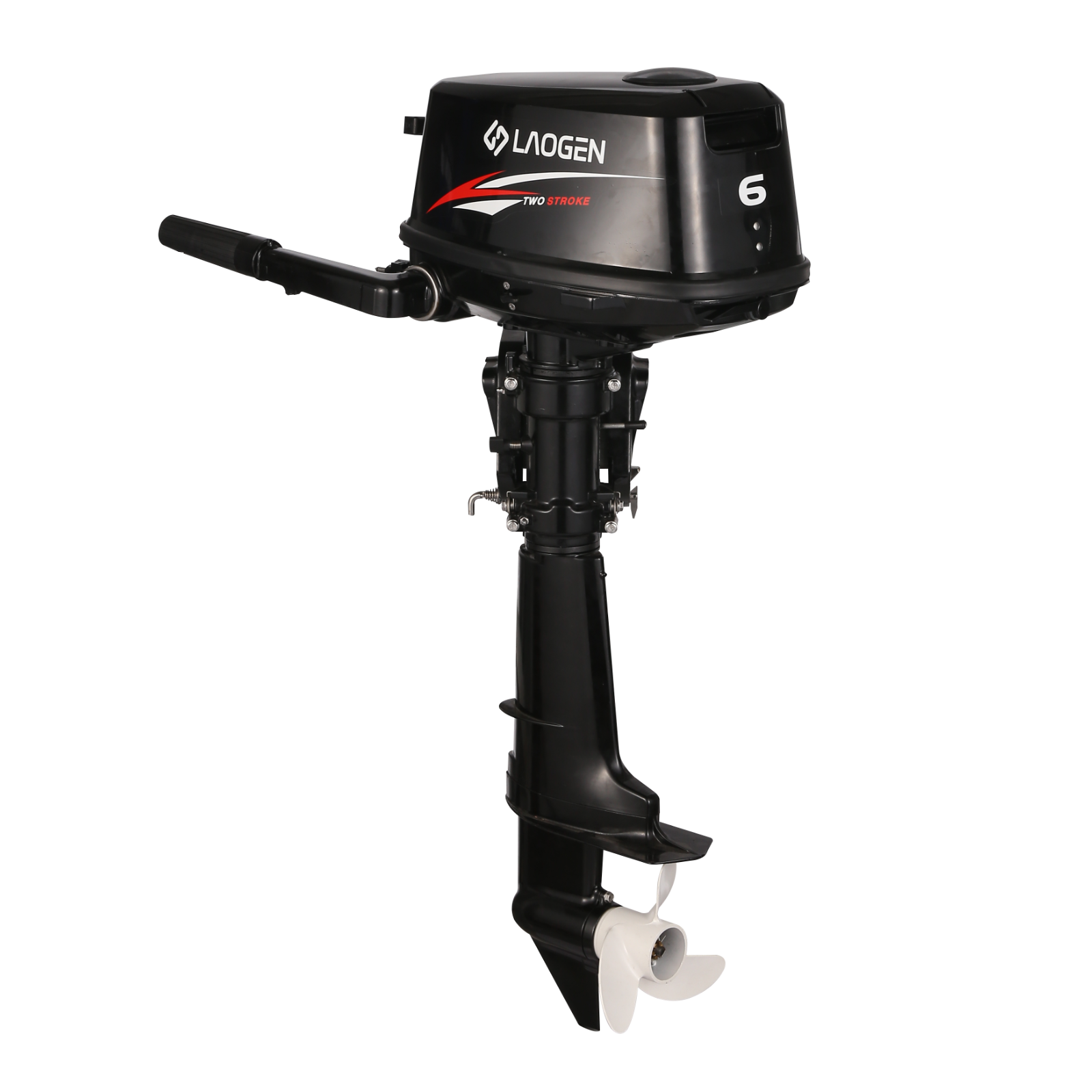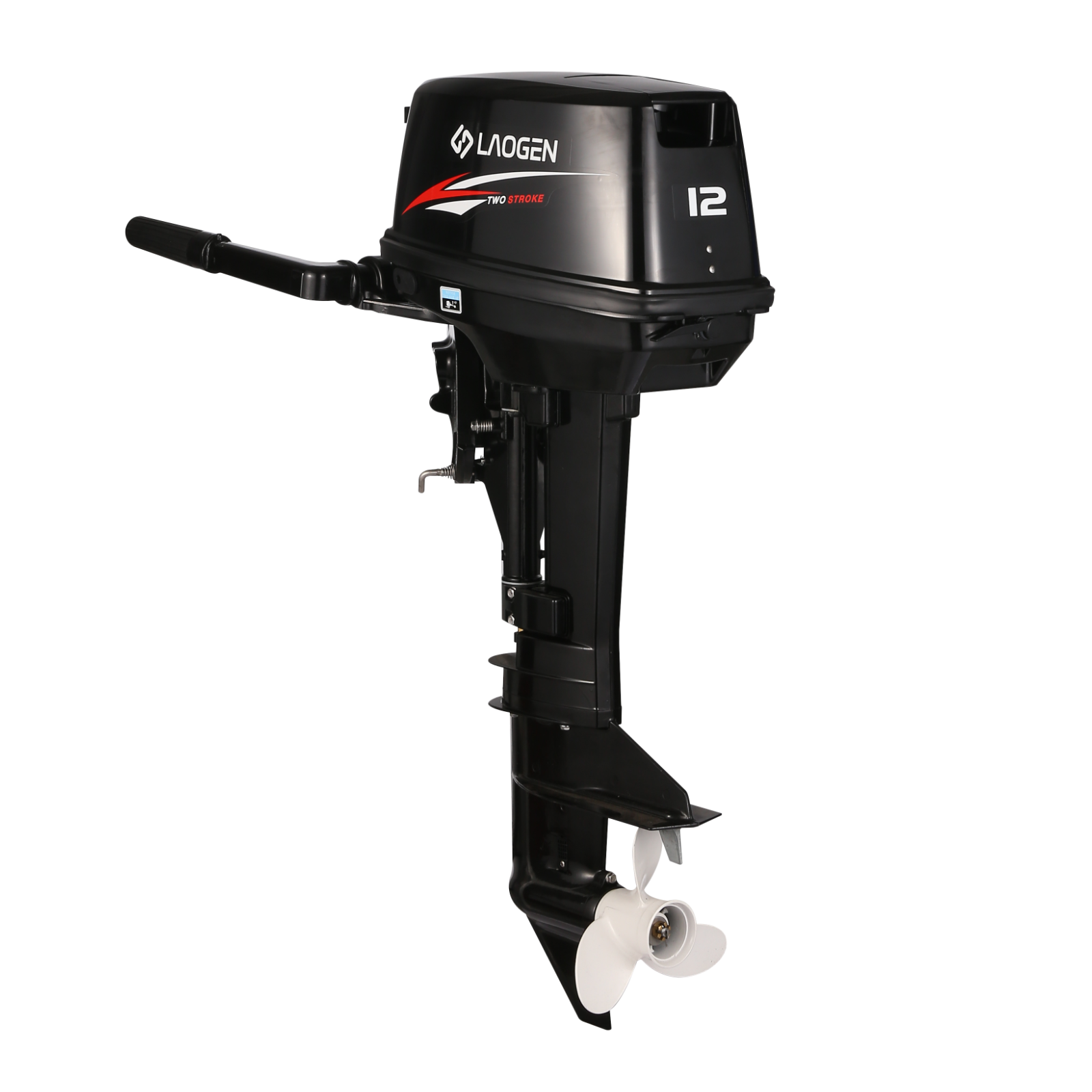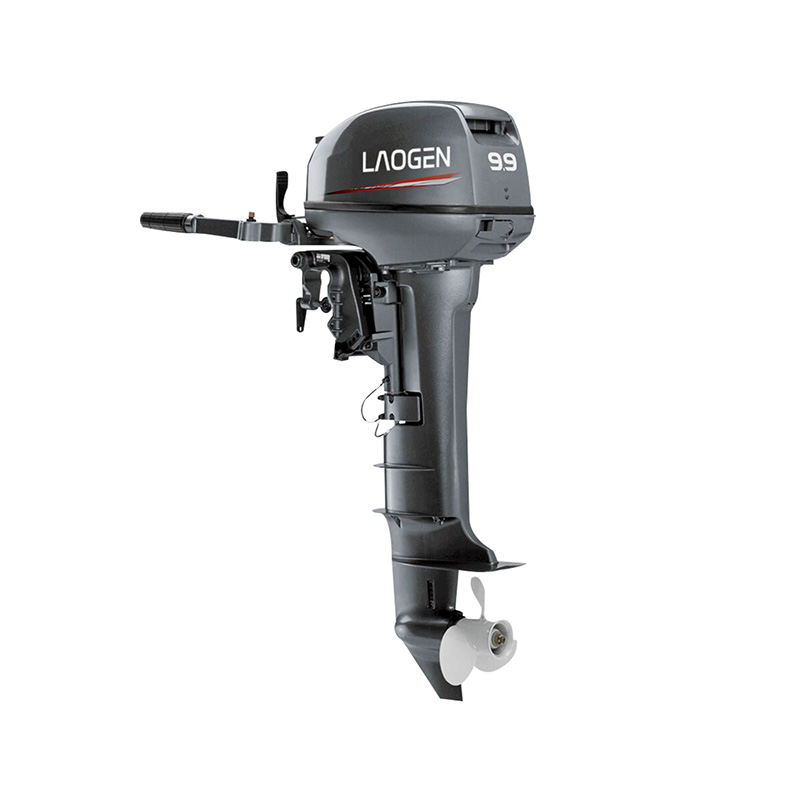2 Stroke Outboard Motor vs 4 Stroke: Key Differences in Power and Performance
The choice between a 2 Stroke Outboard Motor and a 4-stroke model is a fundamental decision for any boat owner. Each design has a distinct set of functional characteristics that can influence handling, operation, and overall experience on the water. This discussion focuses on the practical differences in how these engines deliver power and perform, providing a clearer understanding of what each type offers without declaring one inherently better than the other.
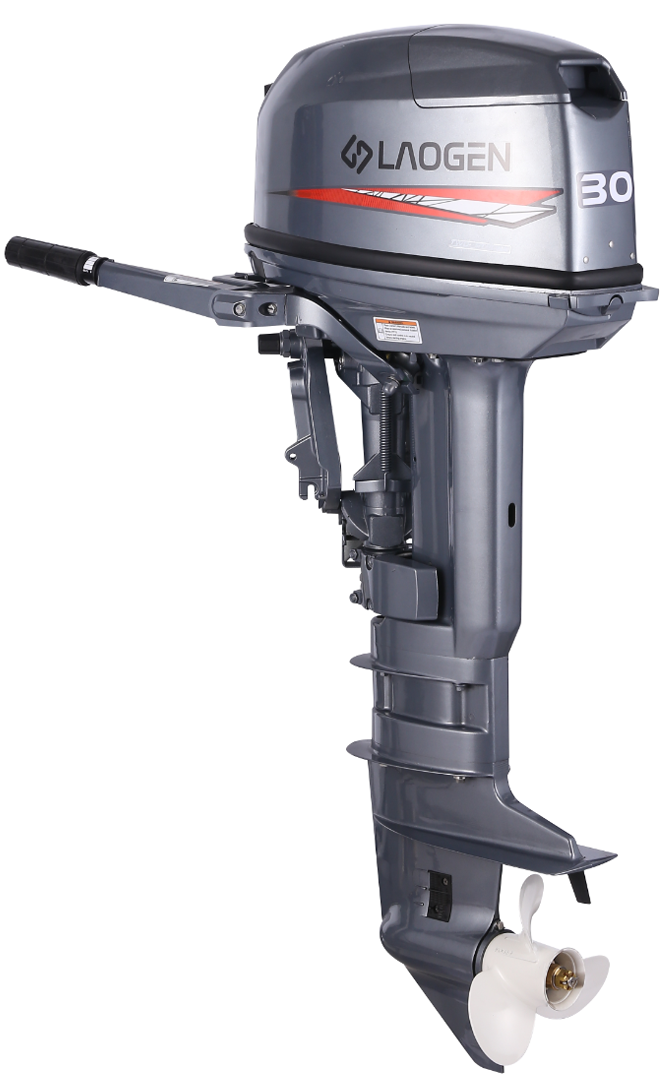
How Each Engine Operates
The core difference begins with the basic mechanical cycle that gives each engine its name.
• The 2-Stroke Cycle: A 2 Stroke Outboard Motor completes its power cycle—intake, compression, combustion, and exhaust—in two movements of the piston (one up, one down). This process happens with every revolution of the crankshaft. The design integrates the fuel-air intake and exhaust expulsion phases, which means the oil for lubricating the engine must be pre-mixed with the fuel or injected separately.
• The 4-Stroke Cycle: A 4-stroke engine uses four piston movements (two up, two down) to complete the same cycle. It has dedicated valves for intake and exhaust, operating in a sequence more similar to a car engine. The lubricating oil is contained in a separate sump, much like an automobile, and is not consumed in the combustion process.
Delivering Power: A Contrast in Feel
The operational cycle directly influences how power is delivered to the propeller.
• Immediate Response: The 2 Stroke Outboard Motor is often noted for its quick power delivery. Because it has a power pulse for every crankshaft revolution, it can feel more responsive, particularly when accelerating from low speeds. This can be noticeable in situations like getting a water skier up out of the water or making quick maneuvers.
• Steady and Measured Output: The 4-stroke engine, with a power pulse every other revolution, delivers its power smoothly and consistently. It builds revs progressively, which many find suitable for steady cruising and trolling. The power delivery is often described as linear and predictable.
The Consideration of Weight and Sound
Physical and operational characteristics also differ significantly.
• Weight Distribution: For a given power output, a 2 Stroke Outboard Motor typically has a lower overall weight and a more compact profile. This can be a meaningful factor for smaller boats, where the weight on the transom affects planing ability and stability. The lighter weight can also make manual tilting and transporting less demanding.
• Audible Character: The sound signature of these engines is distinct. The 2-stroke produces a characteristic higher-pitched "buzz" due to its firing frequency and exhaust tuning. A 4-stroke engine operates with a deeper, quieter hum, more akin to a generator or car engine, which some users find contributes to a more peaceful time on the water.
Operational Considerations
Day-to-day operation involves different routines and considerations.
• Fuel and Lubrication: Operating a 2 Stroke Outboard Motor involves managing its lubrication, either by mixing oil into the fuel or monitoring a separate oil reservoir. The 4-stroke engine uses a closed lubrication system, requiring periodic oil changes but no fuel mixing.
• Emissions and Fuel Use: The 4-stroke design generally consumes fuel in a more measured way over a typical cruising range, as it does not expel unburned fuel mixture during the exhaust cycle. This also results in lower exhaust emissions compared to a traditional carbureted 2-stroke design.
In summary, the decision involves balancing these functional traits. A 2 Stroke Outboard Motor can offer a compelling combination of responsive power and lower weight, while a 4-stroke provides smooth operation and straightforward fueling. Understanding these differences is the ideal way to determine which engine aligns with your boating activities and preferences.


 English
English русский
русский


